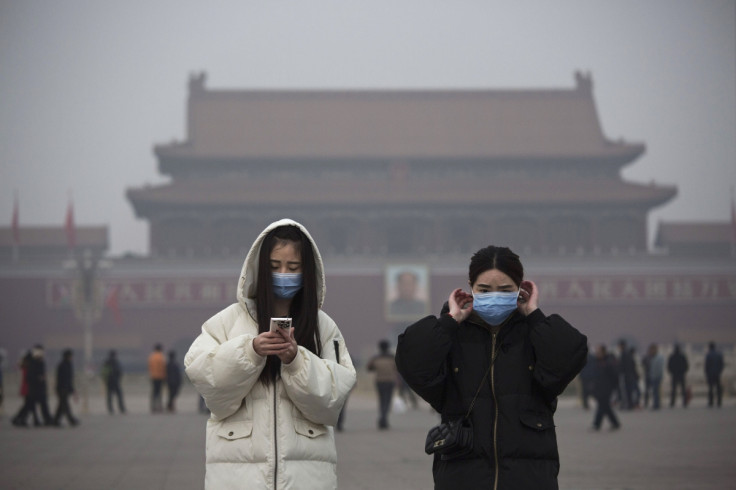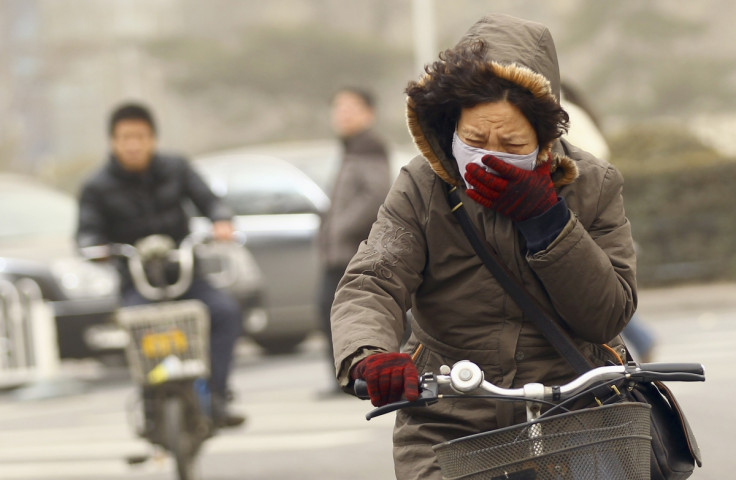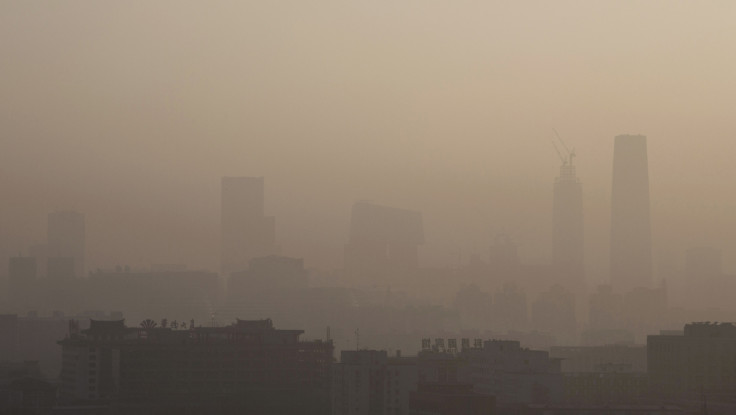Beijing's smog 'red alerts' are a positive sign of the times in China

This morning, I and the rest of Shanghai, woke to a thick blanket of ominous, pale grey smog cloaking the city's modern skyline, reducing visibility and leaving residents inhaling a thick, PM2.5 particulates heavy air soup. The pollution level in China's most populous city of 24 million people has been in the "heavily polluted" range – around seven times the safety guideline set by the World Health Organisation – yet, life went on, no alerts were issued, businesses kept running and children went to school. After all, other cities in China have it much worse...
Today, 40 cities in Northern China issued or maintained their alerts for air pollution. Hebei province, which is home to many of the country's most polluted cities, issued its first red alert for smog at noon yesterday, although four cities in the province had already raised their level.
This month, Beijing issued its first ever red alert warning for pollution, meaning that half of the city's vehicles were taken off the road, schools were advised to close and outdoor construction was banned. The city is currently in the midst of its second ever red alert warning (at what point will we stop counting?), which has been in place since Saturday and was initially due to last until Tuesday.

Unfortunately, this is not a new occurrence. Northern cities, such as Heibei and Shandong, are frequently smothered by smog, and raise their alerts accordingly, with Xinhua, a state-owned news agency, blaming the over-reliance in much of northern China on coal for its energy needs and the heavy industries surrounding cities.
People have accepted, and even argued, that this is the price China must pay for its rapid alleviation of poverty, at least along the country's East Coast, and economic superiority. However, as living standards are raised for many, the expectation of a healthy quality of life is also increasing and excuses begin to fall short.
Recent red alerts may be framed by some international media organisations as China's failure to live up to the high standards expected from a world superpower, using it as a way to discredit the country and once again portray China in a negative (smoggy) light. But really, these alerts in the country's capital are actually a positive sign of the times, hopefully heralding in a more environmentally conscious, transparent and accountable country.
Even though Beijing only began to use the red alert warnings this month, this is by no means the worst pollution the city has ever encountered. In fact, just over a week before the first red alert, the PM2.5 reading in the city was beyond index, whereas today it is merely (!) in the "very unhealthy"/"hazardous" range. The key difference this time is that the local authority is being more transparent by accepting that there is a problem and advising citizens for their safety.
In an even bigger step, state-owned China Daily, often referred to as the party mouthpiece, published an editorial praising the municipal government's steps to issue a red alert and applauding the authorities for listening to residents' concerns about pollution. It also mentioned the criticism the local authorities received from residents (a lot of which was voiced through Chinese social media) for not issuing alerts previously, during worse levels of pollution.

Some residents believe that these measures are not enough, and the richest will go to great lengths to escape the smoggy air. Short of buying a new citizenship and leaving the grey skies of China behind, there is the option of buying bottled air from Canada, which is apparently very popular with affluent Chinese women and in upscale nightclubs.
Although the timing of these alerts cannot be overlooked (the first of which happened during the UN Climate Change Conference in Paris, which resulted in China's landmark commitment to cap CO2 emissions by 2030), the accountability taken by local authorities is impressive. Instead of blaming the pollution on fireworks and outdoor barbeques, as once was the case, they are charging heavy polluters and rolling-out nationwide schemes to curb pollution.
In this more open climate, one Chinese company felt confident enough to deal with the once politically sensitive topic of pollution head-on. Air purifier brand, Xiao Zhu, projected images of crying children onto plumes of factory smoke in Shanghai and Hangzhou in April of this year. Remarkably, the company did not fall foul of political censors and the campaign was a success.
At the beginning of this year, documentary film, Under The Dome, made by a former CCTV journalist about air pollution in China, criticised the country's regulation on air pollution, and was banned within a week – even after sparking much discussion and being viewed over 100 million times in less than 48 hours. Perhaps the intensity of interest in this documentary struck a chord within the higher echelons of power on a personal level, or perhaps the uptake by the general public caught authorities off guard. Whatever the reason, it would now appear a new approach is being taken in relation to pollution. After all, social unrest is the last thing any government wants.
© Copyright IBTimes 2025. All rights reserved.






















